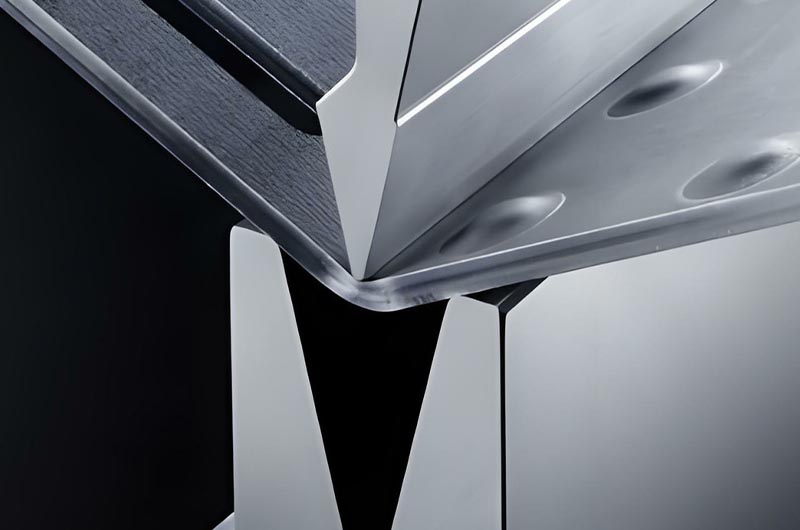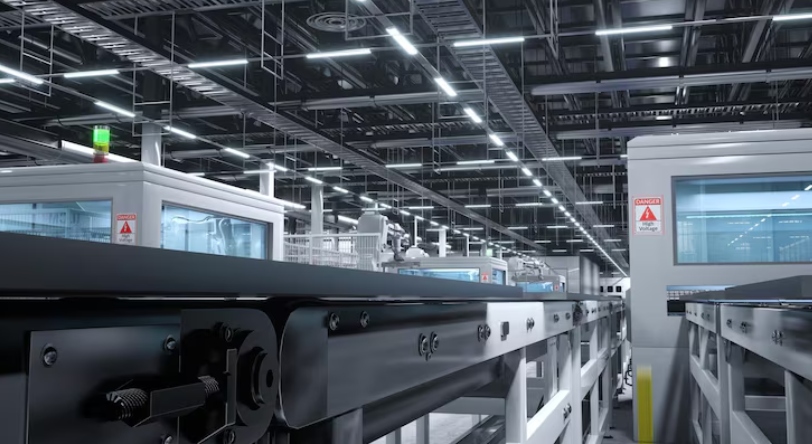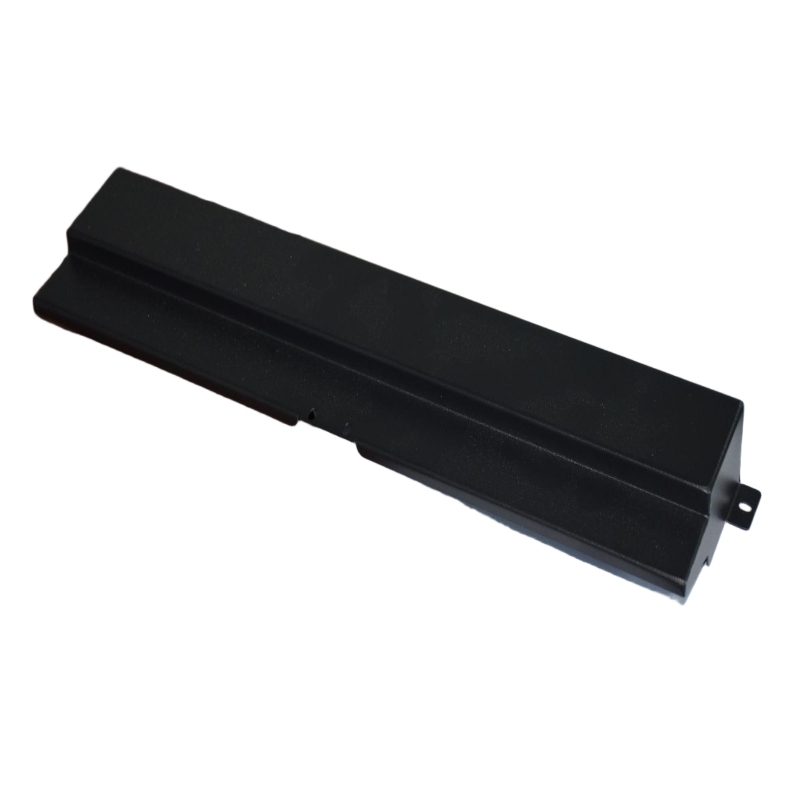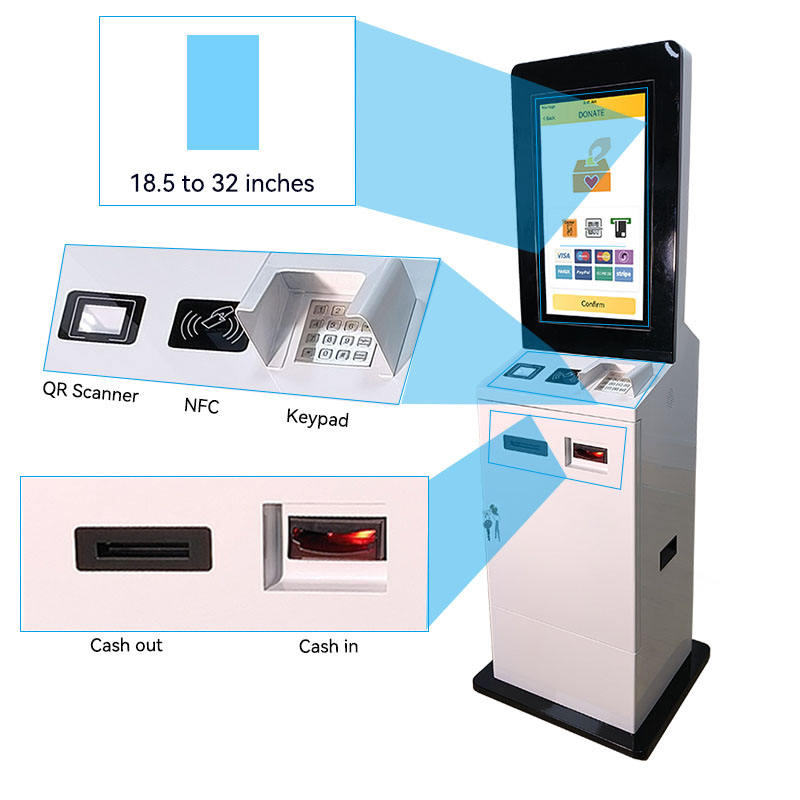
Why Sheet Metal Parts Matter in Manufacturing?
The Role of Sheet Metal in Modern Production Lines
Sheet metal parts are the backbone of modern manufacturing with their versatility, strength, and adaptability across a wide range of industries. From electronic boxes to structural components in industrial machinery, sheet metal is a key component of product construction.Our company is Sanjun Hardware ,we deal in providing precision sheet metal processing services like cutting, punching, bending, welding, and surface treatment. Our products—such as self-service terminal cabinets and digital signage casings—clearly demonstrate how sheet metal forms the backbone of both consumer-end and industrial applications.

How Component Design Influences Production Time
The design phase is essential for efficient production. Here, engineers perform Design for Manufacturing (DFM) analysis to assess bending allowances, springback, interference, stress concentration, and connection types. Proper design minimizes rework to the level and facilitates easy integration into the following processes, like assembly or surface treatment.
Regular Materials Used and Their Processing Speeds
Common metal materials utilized in sheet metal production include cold-rolled steel, stainless steel (304/316), aluminum alloys, galvanized steel, and copper. The processing speed impact of each material varies. Aluminum, for instance, is faster in processing when laser-cut but requires additional care in handling since it is soft. We expertly handle a range of materials through machines like CNC punch presses, laser cutters, and press brakes to ensure maximum throughput.
How Do Design Decisions Affect Manufacturing Efficiency?
Role of Accuracy and Tolerances in Sheet Metal Parts
Accuracy is not optional—it’s a must. All processed parts go through precise measurement and testing to ensure dimensions, tolerances, weld quality, and other indicators comply with international standards. This attention to detail ensures compatibility with mating parts and reduces the likelihood of assembly defects or functional failure.
Easy Assembly with Wise Component Design
Streamlined designs can dramatically reduce assembly time. We offer simple-to-disassemble and maintain modular buildings. As an example, our self-service kiosk enclosures contain modular sub-assemblies that allow for quick installation and maintenance. Standard fastener or snap-fit-based designs can eliminate complex joining processes like welding or adhesive bonding.
The Impact of Standardization on Workflow
Standardized components eliminate procurement lead times and make procurement easy. Sanjun Hardware’s emphasis on modular systems allows customers to reuse designs between product lines while maintaining consistency in quality. These practices endorse lean manufacturing principles by minimizing variability and complexity in inventory.
What Are the Key Factors That Influence Speed in Sheet Metal Fabrication?
Machine Compatibility and Tooling Requirements
Advanced machines significantly accelerate the production rate. We possess a Pradi machining center, two CNC punch presses (Tailife XP1250 and AMADA EM2510), a laser cutting machine, and three Ausma CNC press brakes, among others. These facilitate high-speed cutting, precision bending angles, and consistent batch-to-batch output. Setup time for the tools, however, must be minimized with proper planning or rapid-change systems.
Material Thickness and Its Impact on Processing Time
Thicker materials require less forceful cutting speeds and more forceful bending procedures. Sheet thicknesses typically range from 0.5mm to 6mm, depending on structural requirements. Choosing the correct thickness is a balance between mechanical strength demands and processing economy.
Decreasing Downtime Through Effective Part Handling
Efficient handling systems prevent process bottlenecks among operations like cutting, bending, welding, and coating. Semi-automatic production lines utilized by Sanjun enhance production continuity with minimal manual labor during process changeovers.
How Manufacturers Can Maximize Production with Sheet Metal Components?
Incorporating CAD/CAM for Quick Prototyping
CAD/CAM integration accelerates prototyping with immediate direct conversion of digital models to machine commands. We accept customer concept sketches/drawings/3D models for rapid proofing/prototyping. This reduces turnaround time from concept to physical part.
Choosing the Right Fabrication Processes (Laser Cutting, Bending, Stamping)
Each manufacturing process has its advantages. Laser cutting is very accurate with minimal material loss; CNC bending ensures repeat accuracy; stamping is ideal for large-volume production with identical shapes. Sanjun’s diversity allows them to select the most suitable method based on volume requirements and complexity.

Streamlining Quality Control to Prevent Rework
Reworking causes delays and added expenses. We integrate QC checkpoints in every step of the process with coordinate measuring machines and projectors to verify critical dimensions. We also do environmental testing, like salt spray testing for corrosion resistance—extremely crucial for outdoor use such as digital signage enclosures.
What Problems Can Happen with Poorly Designed Sheet Metal Components?
Delays Due to Inaccurate Fits or Warping
Inaccurate tolerancing or failing to consider springback may lead to assembly misalignment or warping on the weld. Springback compensation must be considered when bending (the material can recover some of the elastic deformation upon unloading).
Increased Costs due to Excess Material Waste
Those designs that do not consider nesting efficiency in laser cutting may result in extensive scrap material. Optimization capabilities available within CAD software can be applied to minimize waste by maximizing sheet utilization.
Why Choose Sanjun Hardware for Your Sheet Metal Needs?
Who Is Sanjun Hardware and Why Is It a Reliable Partner?
Shenzhen Sanjun Hardware & Electrical Co., Ltd., established in August 2010 in Shenzhen’s Guangming District, has over a decade of experience in manufacturing high-quality sheet metal solutions globally. We are customer-centric and committed to providing high-precision, high-quality sheet metal fabrication solutions to global customers.
We offer:
•One-stop service: review of design to prototype to delivery
•Advanced equipment: laser cutting machines, CNC presses, welding workstations
•Stricter quality control: 100% inspection of key processes
•Flexible batch sizes: By altering the tooling, we can be configured for small-batch prototyping or high-volume production
What Other Products Does Sanjun Hardware Produce?
Our product line also includes advertising machine housings, touch screen kiosks, capacitive display enclosures, self-service terminal cabinets, energy storage boxes with thermal management function, and more—each of which is customizable based on client specifications.
FAQ
Q: What controls the rate of production of sheet metal parts?
A: Material thickness/type, suitability to machines (e.g., laser cutting vs punching), tooling preparation time, design complexity (e.g., bends/cuts), speed of handling from stage to stage, all affect speed.
Q: How does Sanjun ensure tight tolerances in fabrication?
A: Coordinate measuring machines/projectors are used at QC checks in the middle of production to verify dimensions against drawing tolerance.
Q: Do I receive prototypes before placing a bulk order?
A: Yes.We provide rapid proofing/prototyping from customer drawings or 3D models; fees can be applied to future volume orders.
Q: How do you ensure sheet metal part quality?
A: We ensure quality with strict inspections from raw material to final product, using precise measurement tools and tests like salt spray for reliability.
Q: What is sheet metal fabrication?
A: It’s the process of transforming metal sheets into parts through cutting, bending, and assembling to create durable products like enclosures and chassis.





























Leave a comments